As I wander the narrow streets of Ragusa, I can’t help but notice how this Sicilian treasure really does feel like two cities merged into one. Back in 1693, a devastating earthquake tore through the region, wrecking most of the old settlement and taking thousands of lives. But instead of simply patching things up, the survivors made a bold decision that still shapes Ragusa’s vibe today.
That earthquake didn’t just split Ragusa physically—it created two cultures, two moods, two hearts. Up top, Ragusa Superiore feels modern with its tidy grid and wider streets. Down below, Ragusa Ibla practically glows with Baroque beauty that blossomed after the disaster. Crossing between these parts is like hopping through time, each holding tight to its own personality.

Checking out both sides of Ragusa gives you a real window into Sicily’s resilience and creative soul. Instead of letting the earthquake end their story, the people here turned tragedy into one of Sicily’s most magnetic destinations. Those ornate churches, fancy facades, and intricate columns all shout about a city that refused to be knocked down by fate.
The Earthquake That Split Ragusa
The 1693 quake didn’t just change Ragusa’s skyline—it flipped the city’s whole identity, carving out a dual-city setup that still makes it stand out.
The Cataclysmic Event
On January 11, 1693, around nine in the evening, southeastern Sicily shook with a massive 7.4-magnitude earthquake. I’ve read accounts describing how Ragusa, along with dozens of towns nearby, suffered unbelievable destruction.
The quake smashed Ragusa’s historic buildings and medieval walls that had stood for ages. Ancient stone homes collapsed into the tight alleys, and even the strongest churches crumbled under the force.
The loss was almost too much to imagine. Records say thousands died across the region, and Ragusa lost a huge chunk of its people in just minutes. This disaster still ranks among Sicily’s worst.
Immediate Aftermath and Rebuilding
After the quake, survivors scrambled for shelter and food. I’ve come across stories about families camping out in open spaces, huddling in rough shelters while they figured out what to do next.
A real split developed among Ragusa’s people. Some chose to rebuild on the original hill, holding onto their roots. That area became Ragusa Ibla. Others, led by wealthy nobles, decided to start over on higher ground.
This wasn’t just about geography—it was a clash of ideas. The upper town, Ragusa Superiore, went for wider streets and newer styles. Ibla kept its old winding layout but added fresh Baroque touches.
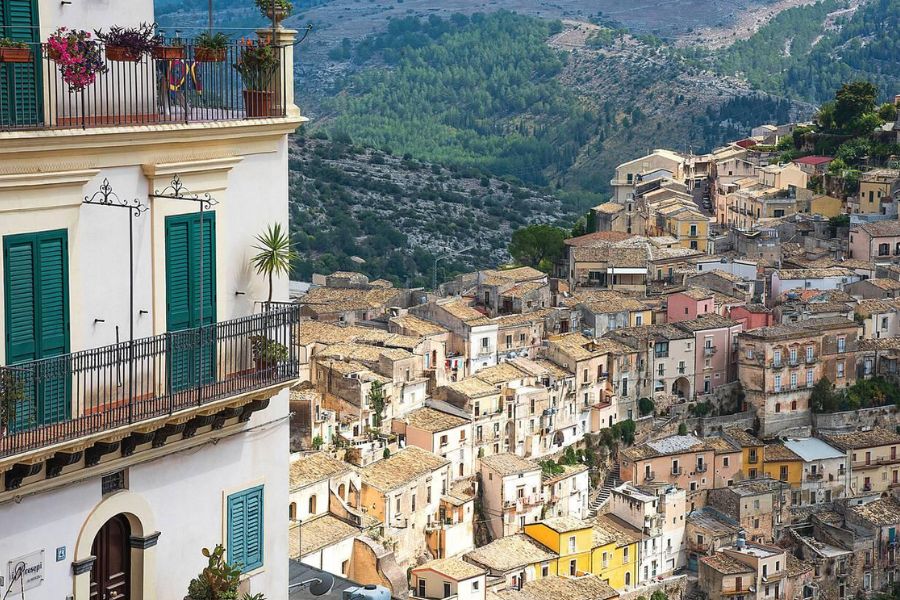
Rebuilding gave Ragusa a chance to mix artistry and practicality. They embraced Sicilian Baroque and planned for future safety, turning disaster into a creative burst.
Transformation of Urban Landscape
Every time I walk through Ragusa, I’m reminded how the earthquake totally reshaped the city. Its split personality really came from that one event.
Ragusa Ibla, the lower part, kept its maze-like medieval streets but dressed them up with dazzling Baroque churches and palazzi. The Cathedral of San Giorgio, with its impressive dome, stands as a symbol of post-earthquake renewal.
Meanwhile, Ragusa Superiore grew with a more organized grid, broad avenues, and its own style. For years, the two sections stayed separate, only joined by steep stairways and winding roads down the valley.
Ironically, this split is now Ragusa’s biggest draw. The contrast between old and new, winding and orderly, lets visitors experience two eras in one city.
Ambition and the Rise of Ragusa
Ragusa’s climb from a small coastal spot to a powerful maritime republic shows how ambition can totally change a place’s destiny. The city used its strategic location on the Adriatic to build wealth and independence through clever diplomacy and bold trading.
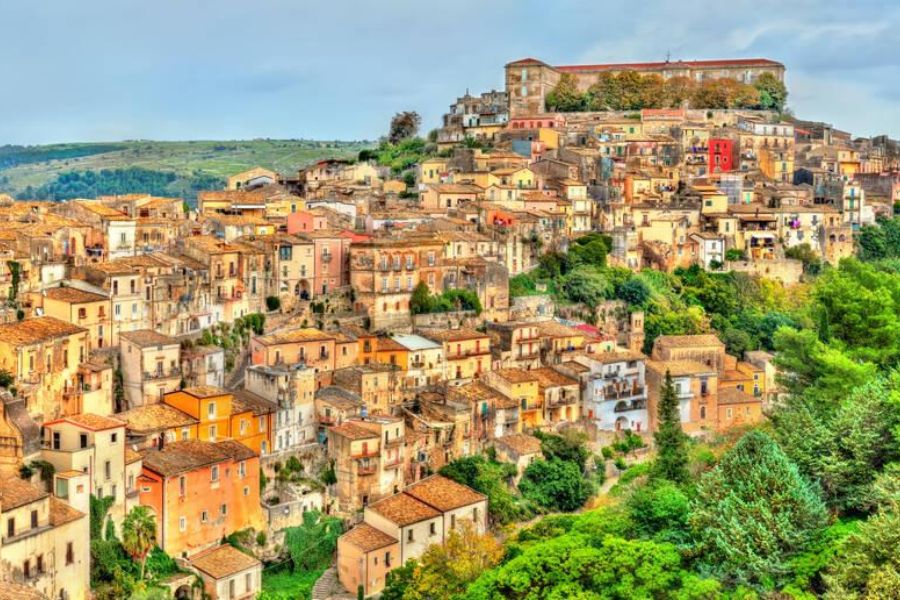
Trade and Economic Expansion
I’ve always found it fascinating how Ragusa (now Dubrovnik) built its fortune on maritime trade. Merchants from the city set up trading networks across the Mediterranean, connecting the Balkans with big commercial hubs.
Their fleet—those “argosies” you might have heard about in literature—carried salt, metals, textiles, and more. Ragusa’s shipbuilders earned a reputation for solid craftsmanship, and their ships stood out on the Adriatic.
But here’s what really impressed me: Ragusa’s merchants came up with innovative insurance and credit systems to protect their ventures. These financial tricks let them thrive, even when bigger powers struggled.
Political Independence and Diplomacy
Strolling through Dubrovnik today, you can still feel the echoes of Ragusa’s diplomatic genius. The republic stayed independent for centuries by playing its cards right and making strategic payments.
Ragusan leaders knew how to keep bigger neighbors in check. They paid tributes to the Ottomans but stayed friendly with European Christian states—a pretty impressive balancing act.
Their diplomats worked in major European capitals, always watching out for Ragusa’s interests and gathering crucial info.
The city’s motto, “Non bene pro toto libertas venditur auro” (Liberty is not sold for all the gold in the world), says a lot about their stubborn pride.
Ragusan Identity and Ethnic Diversity
I’ve noticed how Ragusa grew into a city where cultures mixed freely. It drew in Slavs, Italians, Jews, and others, giving the place a cosmopolitan flavor.
Despite all this blending, Ragusans kept a strong sense of who they were. They spoke a unique dialect with both Romance and Slavic roots, setting themselves apart from their neighbors.
The ruling families held onto power through careful marriages, but they also welcomed talented newcomers when it made sense for the city.
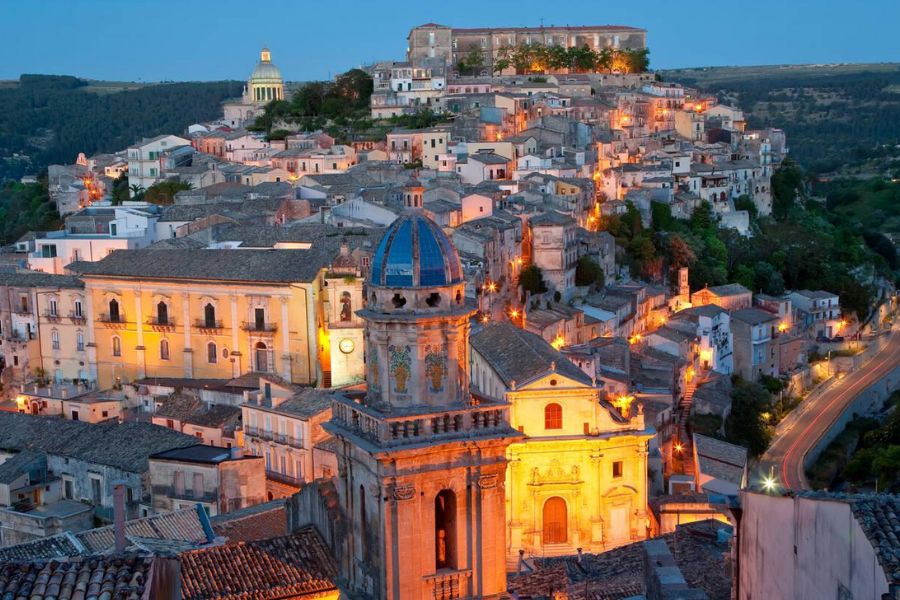
This open-minded approach kept Ragusa stable, even while other cities nearby were falling apart from internal strife.
Reputation and Rivalries
Traveling around the Adriatic, I’ve heard plenty about Ragusa’s reputation—admired by some, envied by others. Venice, the top dog of the Adriatic, often tried to keep Ragusa in check.
But Ragusa’s merchants sidestepped Venetian control by setting up their own trade routes and teaming up with Venice’s rivals. Their ships earned a name for reliability and fairness.
People across Europe trusted Ragusan diplomats to mediate disputes, thanks to their reputation for honesty.
Even Shakespeare dropped a mention of Ragusa’s ships—a sign of just how far this little republic’s fame had spread.
Venetian and Ottoman Influences
Ragusa’s story is all about navigating between Venice and the Ottoman Empire. The city found clever ways to stay independent, and you can still spot the cultural blend everywhere.
Venetian Supremacy and Competition
Venice saw Ragusa as both a trade rival and a strategic thorn in its side. Unlike other Dalmatian towns that fell to Venetian rule, Ragusa held out with smart diplomacy and business competition. The Venetians controlled most of the coast, keeping things tense.
Ragusan merchants built trade networks that often mirrored Venice’s own. You can spot similarities in their architecture, but Ragusa carved out its own identity.
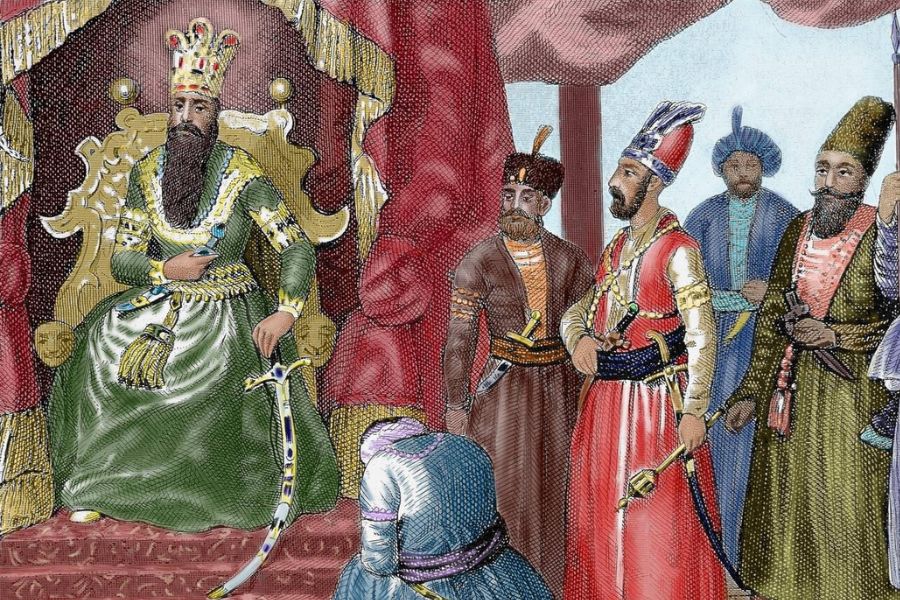
The Republic of Ragusa positioned itself as a lean, nimble maritime power. Sure, it was smaller than Venice, but it ran with sharp efficiency.
The Ottoman Era and Turkish Dominion
Ragusa made a bold move by becoming a tributary to the Ottoman Empire. I learned that they even gave up narrow strips of coastline to the Ottomans to block Venetian land attacks. This meant Venice could only come by sea.
By paying annual tributes to the Sultan, Ragusans gained valuable trade privileges in Ottoman lands. Their merchants thrived in Balkan markets where Venetians couldn’t go.
You’ll notice subtle Turkish touches in Ragusa’s architecture and culture. During Ottoman times, Ragusa became a key link between the Islamic east and Christian west.
Ragusa as a Buffer and Bridge
Squeezed between big powers, Ragusa turned its tricky spot into an advantage. Acting as a diplomatic go-between, the city made a fortune.
Skilled diplomats kept Ragusa’s independence alive, balancing deals with both Venice and the Ottomans.
The city’s population mixed Slavs, Italians, Albanians, and Turks, creating a truly unique identity that still draws people to Dubrovnik today.

Trade poured in from both directions, making Ragusa a crucial hub for the whole Balkan region.
Architecture, Culture, and Spirituality
Ragusa’s split personality shows up beautifully in its architecture and traditions. The city’s buildings, religious life, and artistic spirit all tell a story of crossroads—East and West, old and new.
Medieval and Renaissance Buildings
Every time I explore Ragusa Ibla, I’m amazed by the way medieval and Renaissance buildings survived the 1693 quake. The Castello di Donnafugata, rebuilt later, still shows off its medieval towers.
Palazzo Bertini is a real treat for the eyes, with a Renaissance facade and quirky stone balconies. These touches connect Ragusa to both Sicily and the wider Mediterranean.
Plenty of buildings feature Arab-inspired arches and patterns—a nod to Sicily’s tangled history. After the quake, these older styles mixed with fresh Baroque flourishes, giving Ragusa its signature look.
Ecclesiastics and Theological Debates
Ragusa’s religious scene has always reflected a tug-of-war between Eastern and Western Christianity. The Cathedral of San Giovanni Battista shows off Catholic influence, while smaller churches preserve traces of Byzantine traditions.
Religious processions still light up the calendar, especially the Feast of San Giorgio. This celebration links Greek and Latin roots, highlighting Ragusa’s place at a cultural crossroads.
Back in the 16th century, local church leaders got involved in major religious debates, connecting Ragusa to wider European movements. The city even hosted important councils that shaped local practice.
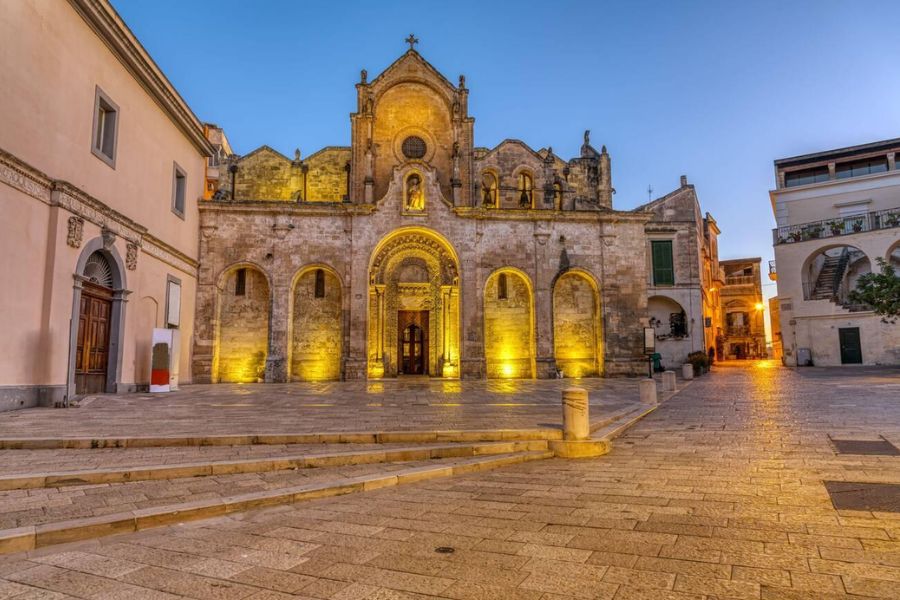
Inside many churches, you’ll find beautiful iconography blending Catholic and Orthodox themes. The frescoes in Santa Maria dell’Itria, for example, mix both traditions in their biblical scenes.
Role of Women and Literary Flourishing
Women in Ragusa, especially after the earthquake, played a bigger role than you might expect. Maria Occhipinti’s writings give us a glimpse into daily life and challenge old ideas about women in southern Italy.
In the 18th century, women-led salons popped up, letting people share ideas across social lines. These gatherings sparked poetry, essays, and letters that help us understand the era.
The Biblioteca Comunale now holds an impressive collection of works by local female authors. Their writings range from diaries to poetry and even theological essays.
Folk tales—often passed down by women—blend Christian and older Mediterranean myths. People still tell these stories today, connecting modern Ragusans to their rich, layered past.
Distinctive Ragusan Refinement
Ragusa stands out for its own brand of cultural refinement, which grew out of a long history of resilience and rebuilding. You can really taste this refinement in the local cuisine—dishes like scacce (stuffed flatbreads) combine simple ingredients in surprisingly sophisticated ways.
You’ll spot Ragusan craftsmanship in the delicate stonework on even the most modest buildings. Local limestone, which artisans could carve easily yet holds up over time, gave them the chance to create intricate details that turn everyday structures into art.
Music here weaves together folk melodies and formal compositions. On warm summer evenings, I love catching impromptu performances in small piazzas. Traditional instruments fill the air with songs that families have passed down for generations.
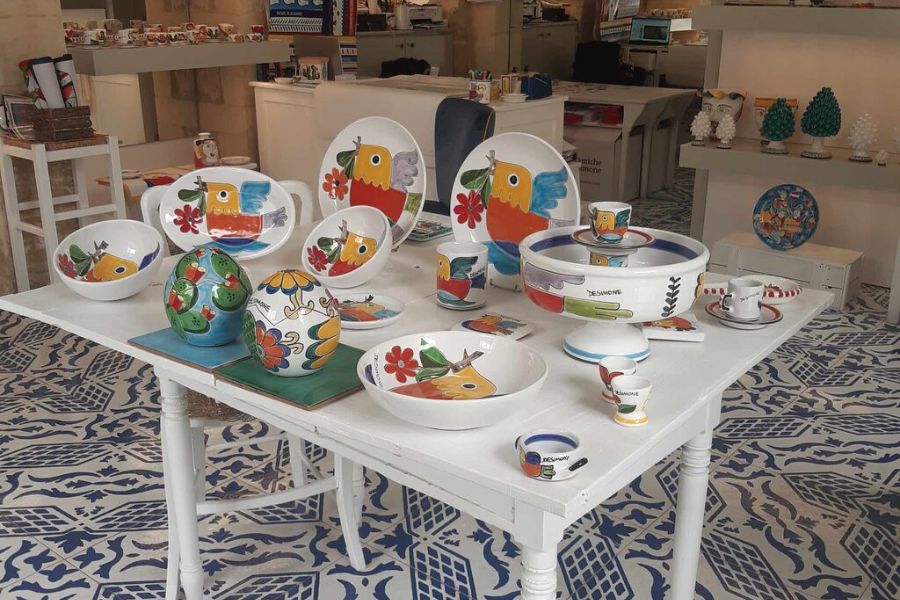
The Festival of San Giorgio brings the city’s unique identity to life. Streets burst with performances that showcase local arts. These celebrations really show how Ragusans have held on to their cultural refinement, no matter how many outside influences have swept through.
Power Struggles and the Shifting Sands of Empire
Ragusa’s story is tangled up with the shifting political landscapes of empires that rose and fell around it. The city’s strategic spot made it a tempting prize in countless power struggles over the centuries.
Byzantine Throne and Latin Emperors
The Byzantine Empire kept a tight grip on Ragusa for a long time, seeing it as a crucial outpost on the Adriatic. Everything changed in 1204 when Latin forces took Constantinople during the Fourth Crusade. Ragusa’s allegiance shifted almost overnight. The conquest left a power vacuum that rippled across the Mediterranean.
Latin Emperors like Baldwin tried to keep control over distant places like Ragusa. Meanwhile, the Byzantines never really gave up on getting their lands back—they always seemed to be plotting a comeback.
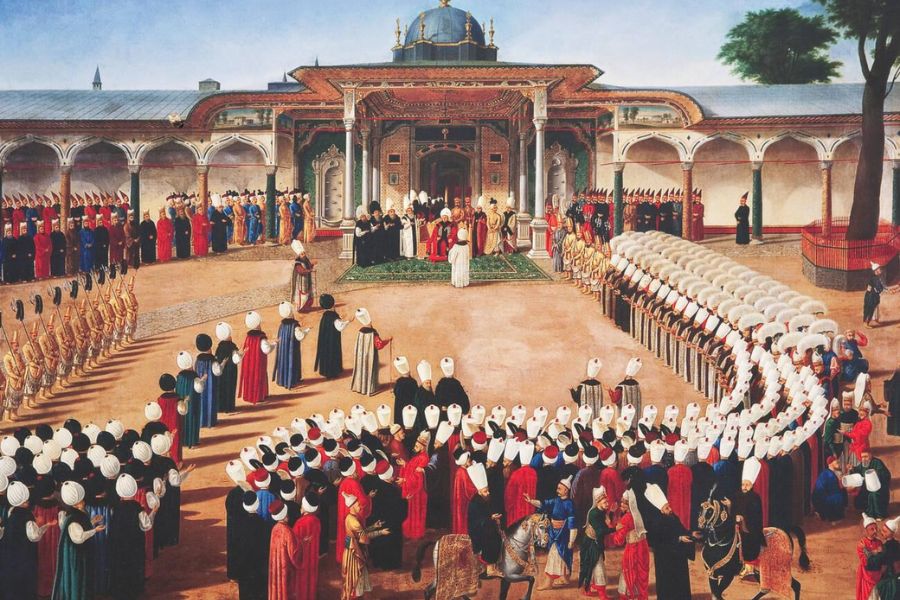
I’ve walked the old city walls where flags flipped from Byzantine eagles to Latin crosses and then back again. The architecture still tells these stories, mixing eastern and western touches in the same buildings.
Influence of Major Historical Figures
Dandolo, the blind Doge of Venice, basically steered the Fourth Crusade toward Constantinople, changing Ragusa’s fate. He chased Venice’s dream of controlling the Adriatic trade routes.
After the conquest, Boniface, Count of Flanders, stepped in and claimed influence over territories, including parts of the Dalmatian coast. The Roman Pontiff and general councils often jumped into regional politics, sometimes backing Ragusa’s independence against bigger powers.
When I visited the Rector’s Palace, I spotted documents with the seals of these powerful figures. Each signature marks a moment when allegiances shifted and decisions steered the city’s path.
Napoleonic Wars and the Fall of the Republic
After the Roman Empire fell, Ragusa had to navigate a tricky power vacuum for centuries. By sticking to its republican government and playing a careful game of neutrality, the city-state thrived through trade and diplomacy.
Everything changed in 1808, when Napoleon’s forces marched in and ended Ragusa’s independence. They abolished the republic that had lasted nearly 450 years. Marshal Marmont took over as Duke of Ragusa, folding the city into the Illyrian Provinces.
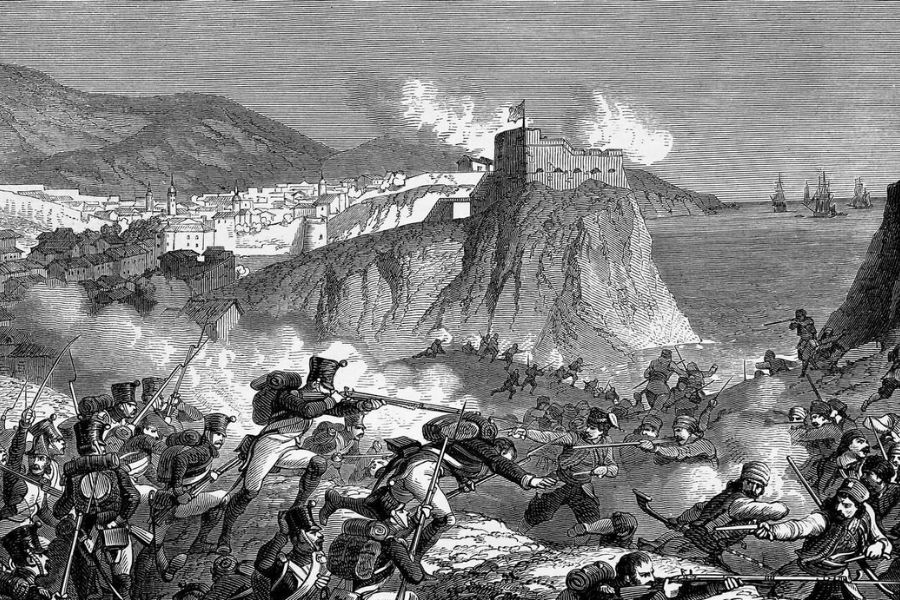
I’ve seen the decree that ended the republic on display in the city museum. That piece of paper marks a huge shift in Ragusa’s story. After the Napoleonic Wars, the Congress of Vienna handed the territory to the Habsburg Empire, wiping away Ragusa’s identity as an independent maritime republic.
Legacy on the Adriatic and Beyond
Ragusa’s influence stretched well beyond its walls, shaping regional politics, trade, and culture across the Balkans and Mediterranean.
Modern Day Dubrovnik
Today, when I walk through Dubrovnik, I can’t help but feel the weight of its past as the Republic of Ragusa. The limestone streets and baroque buildings still whisper stories of a once-powerful maritime city.
UNESCO put Dubrovnik on its world heritage list in 1979, which really cemented its cultural importance. Every time I visit, I notice how the city tries to balance careful preservation with the realities of modern life.
You can still see the legacy of Ragusa’s clever diplomacy in Croatia’s approach to international relations. Museums proudly show off artifacts from the republic’s golden age, when Ragusan ships linked East and West.
Tourism has taken over where maritime trade left off, but that old entrepreneurial spirit is still alive. Dubrovnik’s annual Summer Festival keeps artistic traditions going strong, tracing a line all the way back to Ragusa’s days as a cultural powerhouse.
Ragusa’s Influence on the Balkans
Ragusa shaped Balkan history in ways that still surprise me. The republic acted as a bridge between Western Europe and both the Byzantine and Ottoman worlds, sparking cultural exchange.
I’ve traced Ragusan trading posts all over the region, from the Quarnero Gulf down to Macedonia.
These commercial networks didn’t just move goods—they carried ideas that chipped away at the old feudal system.
Long before the Reformation, Ragusa really leaned into religious tolerance. Instead of forcing their beliefs, they took a pragmatic, almost opportunistic approach with Orthodox Serbs, Catholic Italians, and Muslim Ottomans.
Smaller Balkan states started copying the republic’s diplomatic model, trying to survive between bigger empires. While digging through regional archives, I kept running into mentions of this so-called “Ragusan approach” in diplomatic letters.
You can even spot Ragusan touches in architecture across the eastern Adriatic. Sometimes these details clash with local styles in ways that are jarring, but honestly, I find that mix fascinating.

